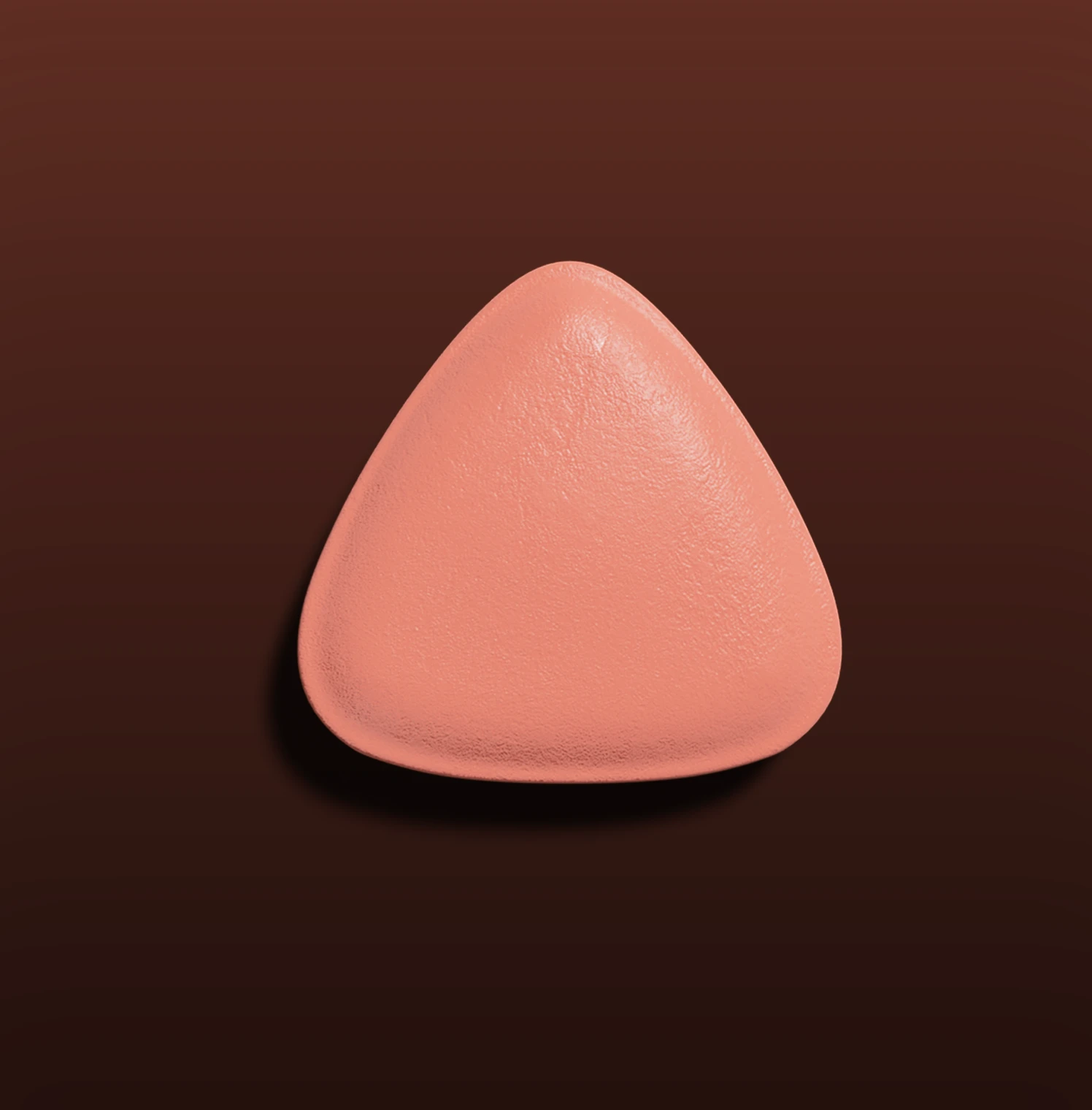Contents
The Ultimate Guide to Ozempic Butt: What You Need to Know
If you have recently heard about Ozempic or are currently using it as a treatment, you may have come across the term "Ozempic Butt." In this ultimate guide, we will dive into the world of Ozempic and explore what it is, how it works, and its potential connection to weight loss. We will also address the concept of "Ozempic Butt," its causes, and how to manage and prevent it. Additionally, we will discuss the potential side effects and long-term effects of Ozempic. By the end of this guide, you will have a comprehensive understanding of what you need to know about Ozempic and its impact on your health.
Understanding Ozempic and Its Uses
Ozempic, also known by its generic name semaglutide, is a medication used to treat type 2 diabetes. It belongs to a class of drugs called glucagon-like peptide-1 (GLP-1) receptor agonists. Ozempic works by mimicking the action of a hormone called GLP-1, which helps regulate blood sugar levels. By stimulating the release of insulin and reducing the production of glucagon, Ozempic helps control blood sugar levels and improve glycemic control in individuals with type 2 diabetes.
What is Ozempic?
Ozempic is an injectable medication that comes in a pre-filled pen or syringe. It is used alongside proper diet and exercise to lower blood sugar levels in adults with type 2 diabetes. Ozempic is not intended for use in individuals with type 1 diabetes or diabetic ketoacidosis.
How Does Ozempic Work?
Ozempic works by activating GLP-1 receptors in the body. This action leads to increased insulin secretion from the pancreas, decreased glucagon production, slowed gastric emptying, and increased feelings of satiety. By regulating these processes, Ozempic helps control blood sugar levels and promotes weight loss.
Common Uses of Ozempic
Ozempic is primarily used to manage blood sugar levels in individuals with type 2 diabetes who have not achieved adequate glycemic control through diet and exercise alone. It may be prescribed as a monotherapy or in combination with other antidiabetic medications. Your healthcare provider will determine the most appropriate treatment plan for your specific needs.
Aside from its primary use in managing blood sugar levels, Ozempic has also shown potential benefits in other areas. Recent studies have suggested that Ozempic may have a positive impact on cardiovascular health. In a clinical trial involving individuals with type 2 diabetes and a high risk of cardiovascular events, it was found that Ozempic reduced the risk of major adverse cardiovascular events, such as heart attack and stroke, by a significant margin.
Furthermore, Ozempic has been found to aid in weight loss for individuals with type 2 diabetes. In clinical trials, patients who used Ozempic experienced greater weight loss compared to those who did not. This additional benefit can be particularly beneficial for individuals with type 2 diabetes who are also struggling with obesity, as weight loss can help improve insulin sensitivity and overall metabolic health.
The Connection Between Ozempic and Weight Loss
One of the notable benefits of Ozempic in the management of type 2 diabetes is its association with weight loss. Let's explore how Ozempic contributes to weight management.
Ozempic's Role in Weight Management
While the exact mechanisms are not fully understood, it is believed that Ozempic influences the appetite-regulating centers in the brain, leading to reduced food intake. Additionally, slower gastric emptying caused by Ozempic may contribute to increased feelings of fullness and decreased hunger, leading to lower calorie intake and subsequent weight loss.
The Science Behind Ozempic and Weight Loss
A clinical trial named the SUSTAIN program demonstrated the weight-reducing effects of Ozempic. The study involved thousands of participants with type 2 diabetes who were treated with Ozempic or a placebo. The results showed that individuals treated with Ozempic experienced significant weight loss compared to those receiving the placebo. While weight loss is not the primary goal of Ozempic treatment, it is an encouraging additional benefit, especially for individuals with obesity or those aiming to achieve a healthier weight.
Furthermore, beyond its impact on weight loss, Ozempic has shown promising results in improving cardiovascular health. Studies have indicated that individuals using Ozempic have seen a reduction in their risk of cardiovascular events such as heart attacks and strokes. This dual benefit of weight management and cardiovascular risk reduction makes Ozempic a valuable treatment option for individuals with type 2 diabetes, especially those with additional risk factors for heart disease.
Long-Term Effects of Ozempic
It is important to note that the benefits of Ozempic extend beyond short-term weight loss and cardiovascular improvements. Long-term use of Ozempic has been associated with better blood sugar control, which can help prevent complications of diabetes such as nerve damage, kidney disease, and vision problems. By addressing multiple aspects of diabetes management, Ozempic stands out as a comprehensive treatment option that offers holistic benefits to patients striving for better health outcomes.
Unpacking the Concept of 'Ozempic Butt'
The term "Ozempic Butt" has gained attention in online discussions and social media platforms. Let's delve deeper into this intriguing phenomenon to understand its implications and potential impact on individuals.
When we talk about "Ozempic Butt," we are referring to a fascinating observation where some individuals using Ozempic, a GLP-1 receptor agonist, report an increase or redistribution of fat specifically in the buttock area. This phenomenon has sparked curiosity and discussion within the medical community and among individuals using this medication.
Defining 'Ozempic Butt'
The term "Ozempic Butt" may not be found in medical textbooks, but its presence in online forums and social media highlights its significance in the realm of patient experiences. It serves as a colloquial expression to capture the unique observation of changes in body composition that some Ozempic users have noticed.
Individuals attributing changes in their buttock area to Ozempic are often intrigued by the specificity of this effect. While not a universally reported side effect, the anecdotal evidence surrounding "Ozempic Butt" raises questions about how medications can interact with the body in unexpected ways.
The Causes of 'Ozempic Butt'
Exploring the underlying mechanisms of "Ozempic Butt" unveils a complex interplay between medication effects and individual physiological responses. While scientific literature may not extensively cover this phenomenon, it is theorized that the redistribution of fat in localized areas could be linked to the metabolic effects of GLP-1 receptor agonists.
Understanding the potential causes of "Ozempic Butt" requires a nuanced approach that considers the diverse ways in which medications can influence body composition. As researchers continue to investigate the intricacies of how GLP-1 receptor agonists interact with adipose tissue, individuals navigating this phenomenon are encouraged to engage in open discussions with healthcare providers to gain personalized insights.
Potential Side Effects of Ozempic
While Ozempic is generally well-tolerated, it is important to be aware of potential side effects that may occur.
Ozempic, a medication commonly prescribed for managing type 2 diabetes, works by helping the pancreas release insulin when blood sugar levels are high. In addition to its primary function, Ozempic may also impact other bodily processes, leading to a range of side effects that can vary in severity and duration.
Common Side Effects
The most common side effects of Ozempic include nausea, diarrhea, vomiting, decreased appetite, and constipation. These side effects are usually mild and tend to improve over time as your body adjusts to the medication. It is essential to stay hydrated and maintain a balanced diet while taking Ozempic to help alleviate these common side effects. If these side effects persist or become bothersome, it is recommended to consult your healthcare provider for guidance.
Moreover, some individuals may experience injection site reactions, such as redness, itching, or swelling, which typically resolve on their own. Proper injection technique and rotating injection sites can help minimize discomfort and skin reactions associated with Ozempic administration.
Serious Side Effects
Serious side effects associated with Ozempic are rare but may include pancreatitis (inflammation of the pancreas), gallbladder problems, kidney problems, allergic reactions, thyroid tumors, and low blood sugar levels (hypoglycemia). These serious side effects require immediate medical attention and may necessitate discontinuation of Ozempic therapy. It is crucial to monitor your blood sugar levels regularly, especially when starting Ozempic, to detect and address any potential hypoglycemic episodes promptly.
Furthermore, individuals with a history of pancreatitis or gallbladder disease should exercise caution when using Ozempic, as the medication may exacerbate these conditions. Your healthcare provider will evaluate the risks and benefits of Ozempic treatment based on your medical history and current health status to ensure safe and effective use of the medication.
Long-Term Effects of Ozempic
The long-term effects of Ozempic on weight management and overall health are still being studied. While some individuals may experience weight loss as a beneficial side effect of Ozempic therapy, others may observe changes in appetite or metabolism that require monitoring and adjustment. Regular follow-up appointments with your healthcare provider are essential to assess the impact of Ozempic on your weight, blood sugar control, and overall well-being.
Additionally, ongoing research is investigating the potential cardiovascular benefits of Ozempic in reducing the risk of heart disease and stroke in individuals with type 2 diabetes. Understanding the comprehensive effects of Ozempic on various organ systems and metabolic pathways will provide valuable insights into its long-term efficacy and safety profile.
Managing and Preventing 'Ozempic Butt'
If you are concerned about the potential impact of Ozempic on your body shape or are experiencing changes in fat distribution, there are strategies you can consider to manage and prevent "Ozempic Butt."
Lifestyle Changes for Prevention
Engaging in regular physical activity and maintaining a healthy and balanced diet can help manage weight and minimize changes in body composition. Incorporating strength training exercises may also be beneficial in toning and shaping specific muscle groups, such as the buttocks.
Treatment Options for 'Ozempic Butt'
If you are experiencing significant changes in body shape or are finding it challenging to manage the potential effects on your self-esteem and body image, discussing your concerns with your healthcare provider is important. Your healthcare provider can explore potential treatment options, such as adjustments to your Ozempic dosage or exploring alternative medications, if appropriate.
The Ultimate Guide to Ozempic Butt: What You Need to Know - Conclusion
In conclusion, Ozempic offers significant advantages in the management of type 2 diabetes, including improved blood sugar control and potential weight loss benefits. While the term "Ozempic Butt" has emerged in online discussions, its exact causes and prevalence are not yet fully understood. It is important to be aware of the potential side effects of Ozempic, and if you have concerns about "Ozempic Butt" or any other side effects, consult your healthcare provider. Your healthcare provider can provide personalized guidance and support to help you manage your diabetes effectively while addressing your individual concerns and goals. Remember, open communication with your healthcare provider is key to optimizing your treatment plan and overall well-being.


